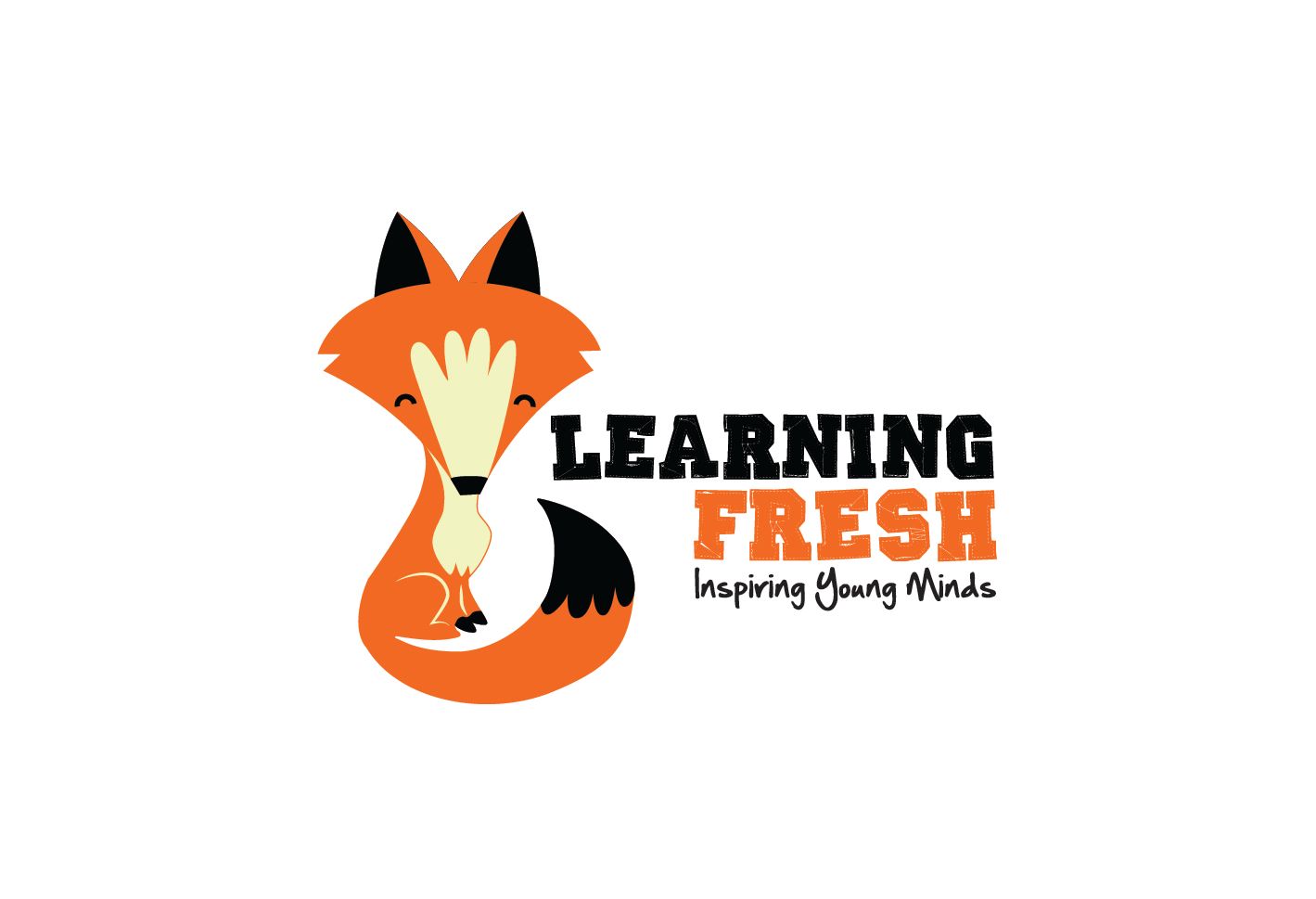How to Choose the Best Learning Platform: A Parent's Guide
Understanding Your Child's Learning Style
As a parent, choosing the right learning platform for your child can be daunting. The first step is to understand your child's learning style, as this will guide your decision-making process. Some children thrive with visual aids, while others prefer hands-on activities or listening to audio content. Identifying whether your child is a visual, auditory, or kinesthetic learner will help you select a platform that aligns with their needs.

Evaluating Curriculum and Content
The curriculum and content offered by a learning platform are crucial components to consider. Look for platforms that provide a comprehensive curriculum aligned with educational standards. Ensure the content is engaging, age-appropriate, and covers a variety of subjects to cater to your child's interests and academic needs. Some platforms also offer personalized learning paths that adapt to your child's pace and progress.
User Experience and Accessibility
An intuitive user interface is essential for a seamless learning experience. Platforms should be easy to navigate for both parents and children. Consider accessibility features such as text-to-speech, adjustable font sizes, and language options that can enhance usability for children with different needs. Additionally, check if the platform is accessible on multiple devices, allowing your child to learn anytime, anywhere.

Interactive Features and Engagement
Engagement is key to effective learning. Look for platforms that incorporate interactive features such as quizzes, games, and virtual labs. These elements can make learning fun and help reinforce concepts. Platforms that offer opportunities for collaboration with peers or instructors can also enhance the learning experience by promoting discussion and critical thinking.
Parental Controls and Monitoring
As a parent, having control over your child's online activities is crucial. Choose platforms that offer robust parental controls and monitoring tools. This includes the ability to track your child's progress, set usage limits, and monitor content access. Such features provide peace of mind and ensure that your child is engaging with appropriate educational material.

Cost and Value for Money
While cost is a significant factor, it's important to consider the value a platform provides. Compare subscription fees or one-time purchase costs with the features offered. Some platforms may offer free trials or tiered pricing plans that allow you to explore their offerings before committing financially. Remember, the best platform is not always the most expensive one but one that meets your child's educational needs effectively.
Reading Reviews and Seeking Recommendations
Before making a final decision, read reviews from other parents and educators about the learning platforms you're considering. Online forums and social media groups can provide valuable insights into user experiences. Additionally, seek recommendations from teachers or other parents who have successfully integrated online learning into their children's education.
Trial and Error: Finding the Right Fit
Ultimately, finding the best learning platform may require some trial and error. Be open to experimenting with different options until you find one that resonates with your child. Flexibility is key, as your child's preferences and needs may evolve over time. By staying informed and proactive, you can ensure that your child benefits from the best possible online learning experience.
